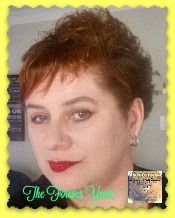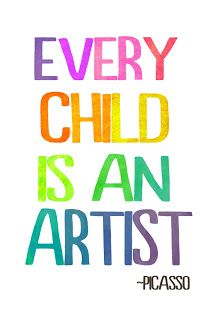I was asked to write to you about how art in particular has been useful for my whanau, so let me start by saying that art has been an enormous part of our journey as a family and I’m not sure that all of that can easily be conveyed in just one article but I will try to share with you in this short article the synopsis of my thoughts and experiences thus far.
One of the greatest gifts I believe my mother installed into me was the gift of imagination. I hear you already cringe and think hmmmm…. how is that a gift, isn’t it just something we have?
It is at this point that I share my opinion that it may have been at one time something we just produced naturally however over time I have seen imagination become so repressed that children are no longer able to tap into their ability to create, as they simply just don’t know how.
I was raised with imagination at the forefront of my childhood and I have taught my own children and grandchildren to imagine which has in turn developed their creative side and abilities to problem solve. Many a morning my neighbourhood got to see my toddlers, laden with backpacks full of tasty treats and teddy bears, launch into a huddled pack as they peeped from behind trees on the sidewalk venturing forth on dangerous adventures and explorations and a bear hunt or two!
Sadly following procedure and doing things a certain way is often more of what is taught and makes for very rigid thinking and they get locked into a prescriptive way of doing almost everything. What happens when things don’t go according to plan? Meltdown after meltdown!
The prescribed step by step process is not always what’s needed and often it is said that the journey is far better than the destination. The process of art making rather than the focus on the final product often brings greater satisfaction and many more benefits that can be seen externally.
Allow me to give a brief demonstration of exercising/releasing creative imagination.
I picked a limited number of colours as seen in Figure 1: Red, Blue, Green, Yellow, Black. I then choose the word CONNECTIONS and invited a group of children to use fingers, brush, fabric wipes in whatever way they wished, with any movement they choose to freely express themselves in response to this word.
Most of the class drew pictures of animals, people, houses, landscapes. It was all very orderly. They basically drew what they knew and saw every day. I then began to do squiggles, lines, flicked the brush, wiped the colours across the page, moved myself and the paper in different ways and angles.
As this took place the children began to ask if they could have another piece of paper and I watched as they then took what had been modelled in front of them and with great glee let the freedom of their imagination and creativity flow!
At the end of our time together I held up my artwork (Figure 1.) and asked – “What do you see?” Some of their answers are below…
- A galaxy
- Spiders
- Under the sea, like a coral reef place
- Explosions
- Ribbons
- Birds flying through a storm
These were just a few of the ideas that came from the children as they engaged with the artwork. Then I turned it and many new creations began to emerge from what they could see.
Once we begin to value the gift of imagination I believe we will see the creative ability emerge more and more. This is just one example of a very quick work with a group of children who were struggling with a number of complex issues in their lives who were able to dive in deeply to the seabed of imagination and surface with a tangible feeling of achievement in making something fantastic! They all felt their day had brightened and that for me is what being a Redemptive Artist is all about, taking something not so good and seeing it transform into something great.
CREATIVITY, CONNECTIONS, IMAGINATION
That’s what I see.
These words embody the very essence of what it is that I want to communicate to children when I teach them about the power of their imagination and work alongside them to discover their ability to create.
(Please feel free to explore for yourself and replicate the session I’ve described here. I’d love to know, “What do you See?”)
SHARON REYNOLDS, BIO:
 Sharon Reynolds and her family live in Christchurch, New Zealand. She is a mother, grandmother and an artist. Sharon works in community within a variety of roles as a Redemptive Artist and delivers her gift of creativity to bring hope and healing to those places that need it most. This has taken her around New Zealand to Papua New Guinea and USA to date sharing her experiences and helping others bring their stories to life in their own unique ways.
Sharon Reynolds and her family live in Christchurch, New Zealand. She is a mother, grandmother and an artist. Sharon works in community within a variety of roles as a Redemptive Artist and delivers her gift of creativity to bring hope and healing to those places that need it most. This has taken her around New Zealand to Papua New Guinea and USA to date sharing her experiences and helping others bring their stories to life in their own unique ways.


























